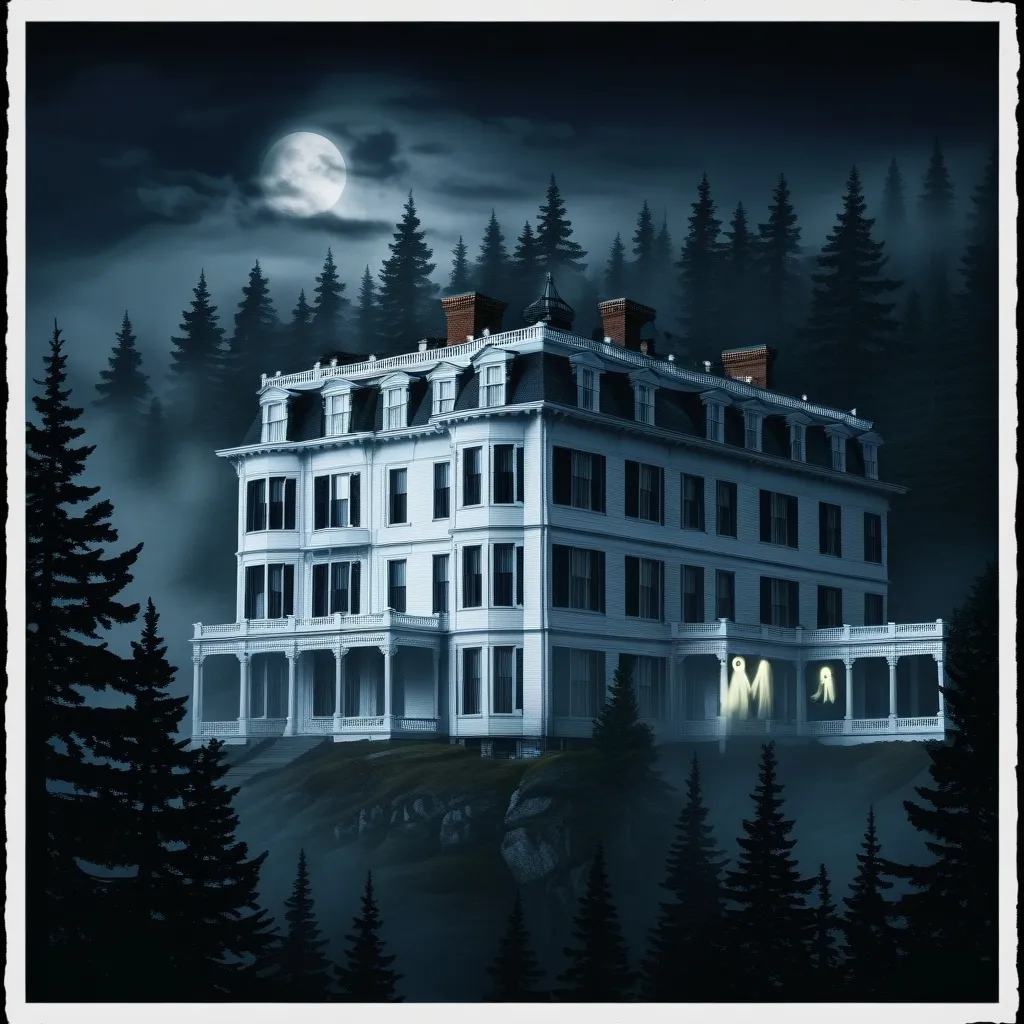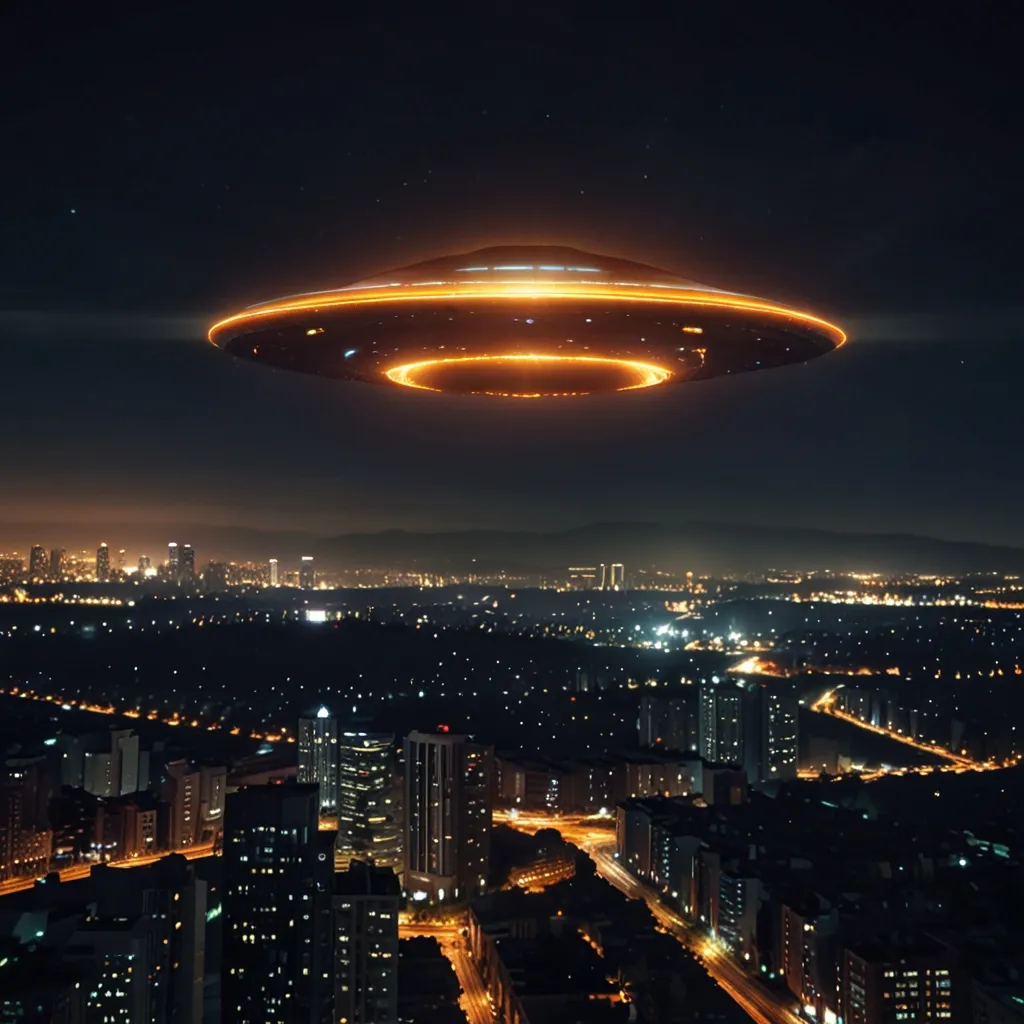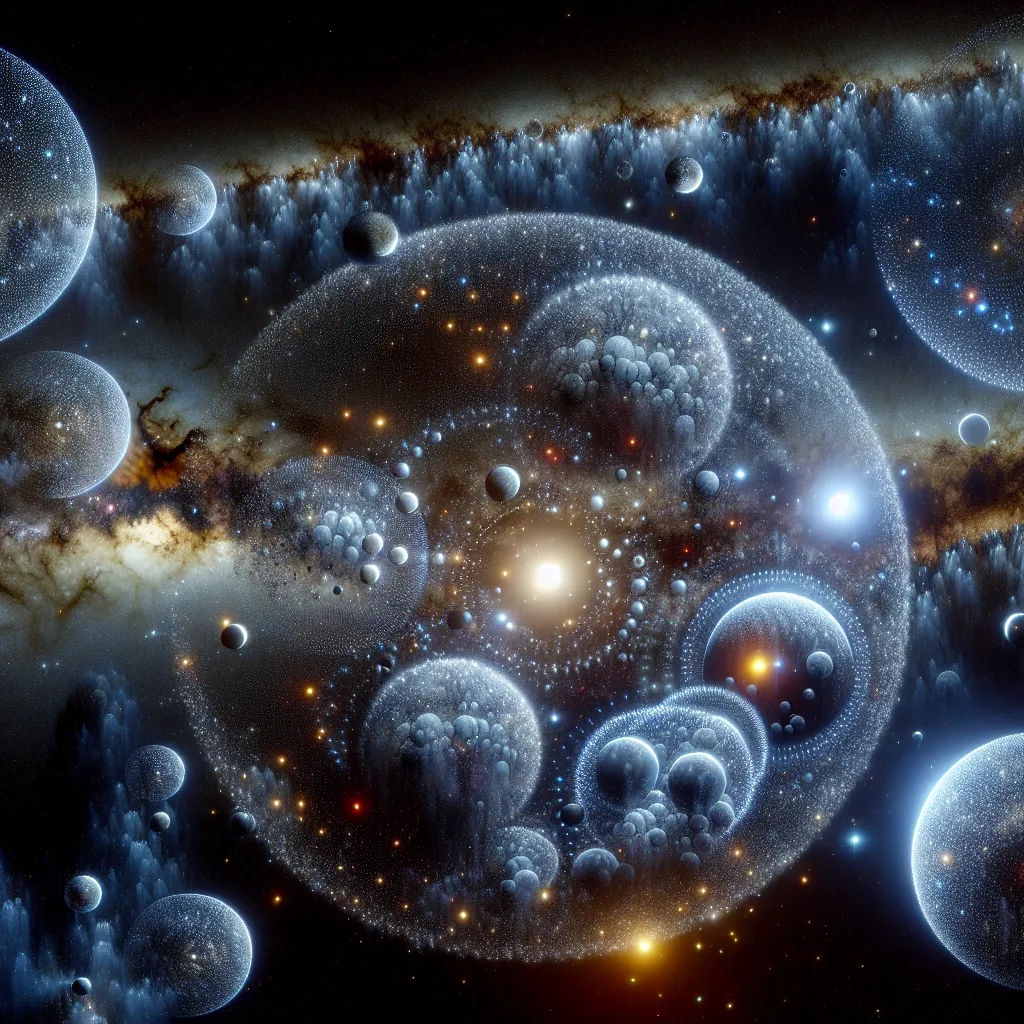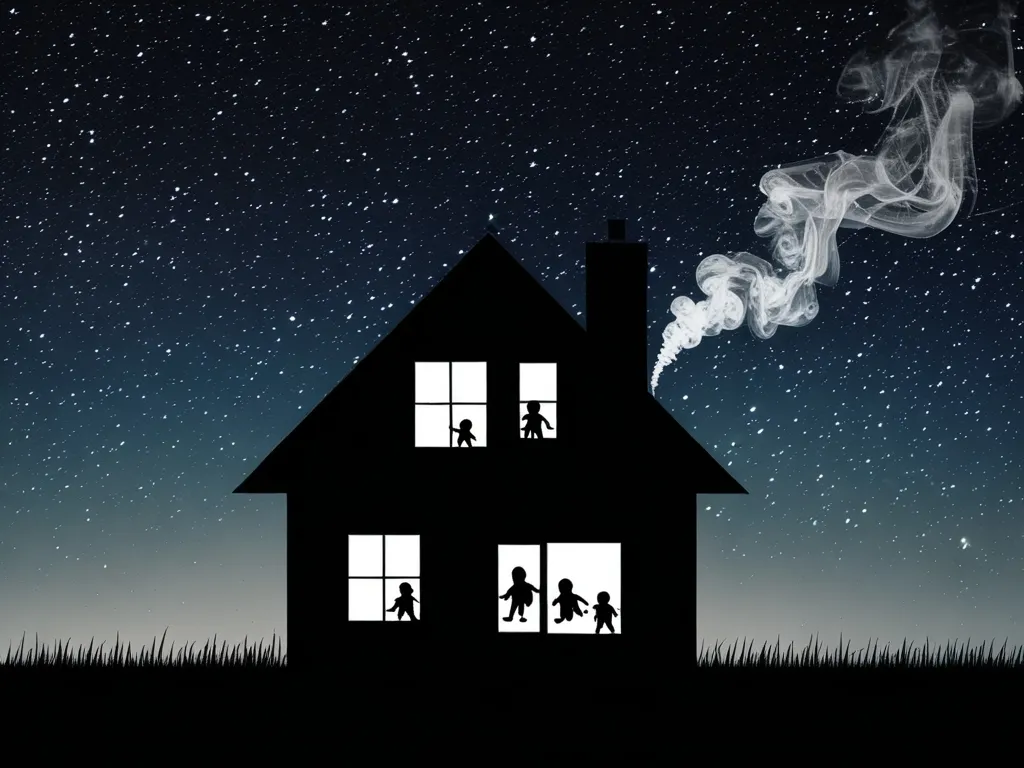Imagine this: you’re driving down a deserted road, with only your headlights piercing the darkness and the hum of your engine keeping you company. Suddenly, a mysterious orb of light materializes in the distance, floating eerily a few feet above the ground. You can’t shake the feeling that it’s aware of you and it starts dancing around, inviting you to get closer. As you approach, the light abruptly vanishes. Finally, you arrive at a small town diner and share your strange experience with the waitress. She nods knowingly and says you’ve seen a ghost light.
Ghost lights, or spook lights, have been witnessed around the world. Some believe them to be the spirits of the dead, portals to another dimension, or even signals from another world. They’ve puzzled scientists, skeptics, and governments alike. Thousands of people report seeing these ghost lights every year, and some have even vanished after following them into the darkness.
Take Gurdon, Arkansas, for instance. In 1931, a bloody trail led to the body of Will McLean, a railroad worker clutching his lantern. Since then, the Gurdon Light has been seen hovering along the railroad tracks, defying logical explanations and even pre-dating the construction of nearby Interstate 30.
In Texas, sightings of the Marfa Lights date back to 1883, when rancher Robert Reed Ellison spotted the mysterious orbs while working on his land. The lights have a rich folklore tied to Apache legend, believed to be the spirits of restless warriors from a brutal battle between tribes. The Marfa Lights are celebrated with an annual festival, proving that the unknown can become a beloved part of local culture.
Then there’s the unsettling tale of Surrency, Georgia. The Surrency Lights are thought to be tied to the town’s dark history. The founder’s daughter, Clementine, experienced a series of supernatural occurrences that led her father to move the family out. Even after they left, mysterious orbs would appear near the train tracks, reflecting the area’s haunted past.
Australia’s minmin lights present a different but equally eerie phenomenon. First reported in 1918, these lights have a reputation for pursuing or leading people astray, sometimes to their doom. Aboriginal people believe these are the spirits of elders, and their unpredictable behavior has sparked endless speculations about their true nature.
But not all ghost lights are dangerous. Many can be explained by science, though not all fit neatly into a box. Theories range from swamp gas igniting to piezoelectric effects caused by tectonic stress. Scientists have even considered superior mirages bending light in unusual ways. Some explanations fit for specific locations, like the car headlights thought to create the Marfa Lights. Yet, reports of the lights from eras before cars complicate this theory.
Ultimately, ghost lights remain one of those mysteries that tantalize and terrify. From the Hessdalen Lights in Norway to the Brown Mountain Lights in North Carolina, these glowing orbs invite us to explore the boundaries of our understanding. As we continue to seek explanations, sometimes it’s okay to embrace the mystery and acknowledge that the truth, however improbable, is out there.






